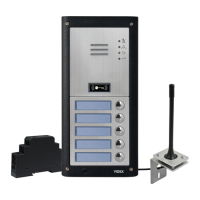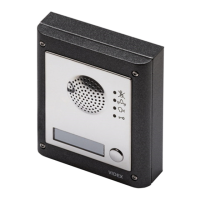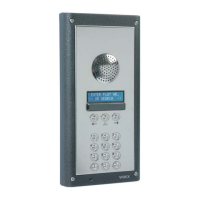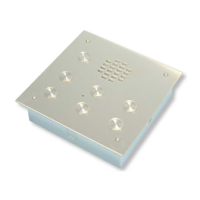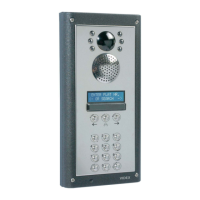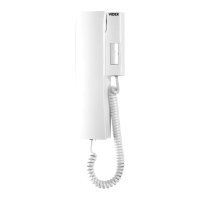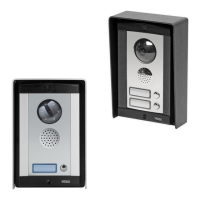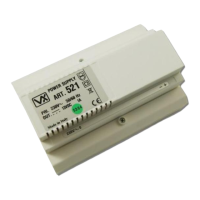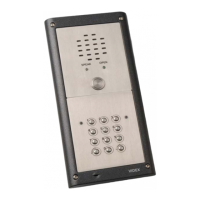Why is there interference on the speech in my Videx GSM4K/4G Intercom System?
- JJonathan ChangAug 12, 2025
Interference on the speech can occur if the signal strength is too low, causing the GSM module to increase its power. Check the signal strength using the command 1111SIG? You can also try relocating the antenna, using a more powerful antenna, ensuring antenna cables are away from power and microphone wires, or trying a different SIM card.
